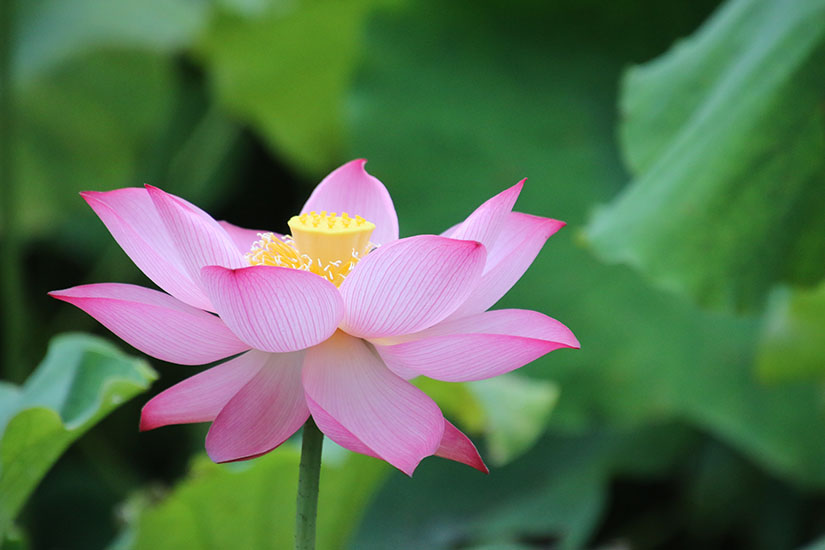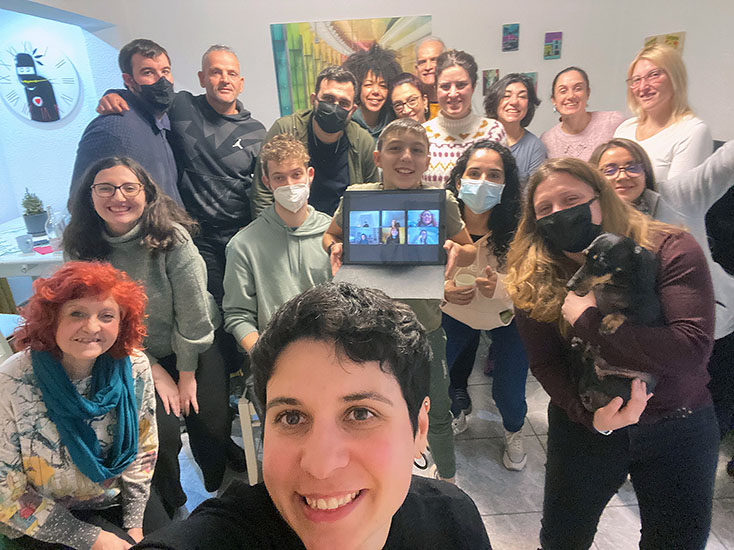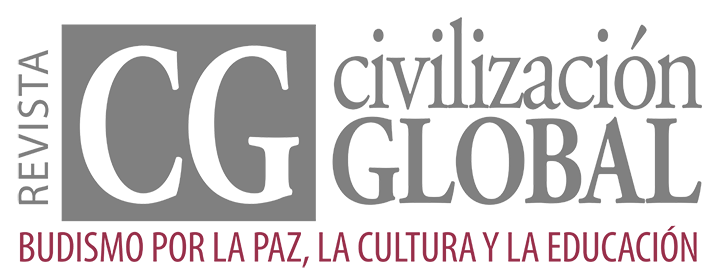Resources for the introduction of SGI-Spain’s discussion meetings
The blessings of the entire Lotus Sutra are all contained solely within the five characters of Myoho-renge-kyo.
Passage from Conversation between a Sage and an Unenlightened Man, in WND-1, page 131. This treatise is generally thought to have been written in the second year of Bun’ei (1265). Its recipient is unknown. However, toward the end of the work, the unenlightened man refers to himself as “a man who carries a bow and arrows and devotes himself to the profession of arms,” so it has been suggested that Nichiren Daishonin may have written it for someone of the samurai class. Troubled by the contradictions in what he has heard, and determined to discover which teaching is correct, the unenlightened man then sets out on a journey in search of a teacher who can clarify matters for him. After visiting various temples, he finally encounters a sage who embraces the Lotus Sutra. The title of this letter refers to the subsequent dialogue that unfolds between them. Generally speaking, the “sage” represents Nichiren Daishonin himself, while the “unenlightened man” represents all ordinary people of the Latter Day of the Law.
Nam-myoho-renge-kyo contains the benefits of the whole 28-chapter Lotus Sutra.
.
The Daishonin describes the benefits of chanting daimoku in many passages throughout his writings. For example: ‘The benefits to be gained by reciting the five characters of Myoho-renge-kyo are great indeed’[1] and ‘Of those who so much as one time pronounce the words Nam-myoho-renge-kyo, not one will fail to become a Buddha.’[2]
.
The benefit of daimoku is vast beyond measure. When we vibrantly chant Nam-myoho-renge-kyo day after day and move forward in high spirits, we will never be deadlocked.
.
In addition, there is a passage from ‘On Attaining Buddhahood in This Lifetime’ that we should bear deeply in mind: ‘Even though you chant and believe in Myoho-renge-kyo, if you think the Law is outside yourself, you are embracing not the Mystic Law but an inferior teaching.’[3] We must never seek the Mystic Law outside ourselves.
.
The life of each one of us is essentially an embodiment of the Mystic Law, deserving of supreme respect. The practice of chanting Nam-myoho-renge-kyo enables us to draw forth the boundless power that resides within us.[4]

In the lecture from which the above passage and commentary have been taken from, Daisaku Ikeda deepens the way in which the chanting of Nam-myoho-renge-kyo enriches our lives:
The first meaning [of myo, of myoho, or Mystic Law] is ‘to open.’ The Daishonin explains: ‘The character myo means to open. If there is a storehouse full of treasures but no key, then it cannot be opened, and if it cannot be opened, then the treasures inside cannot be seen.’[5]
.
‘The treasures inside’ refers to the Buddha nature within each of us. Everyone possesses the Buddha nature. It is not limited to one group or special kind of person. By opening the treasure storehouse within us, we can all attain Buddhahood. In other words, Nichiren Buddhism opens the way to enlightenment for all people.[6]

This image sent from Valencia is, in itself, a proof of the beneficial power of the daimoku. Not long ago, the Benimaclet discussion group was struggling to keep progressing, as it was reduced a lot due to the circumstances related to the pandemic. The decision to not throw in the towel and instead to start an “encouragement counter-offensive,” approaching each person with the goal of leaving no one behind, has had the effect of the group multiply its strength by ten. Congratulations!
Mailbox: prensa@ediciones-civilizacionglobal.com
[1] ↑ On Reciting the Daimoku of the Lotus Sutra, in WND-2, page 229.
[2] ↑ Not a One Will Fail to Attain Buddhahood, in WND-2, page 1081.
[3] ↑ On Attaining Buddhahood in This Lifetime, in WND-1, page 3.
[4] ↑ See the section “Estudio” in this issue.
[5] ↑ The Daimoku of the Lotus Sutra, in WND-1, page 145.

